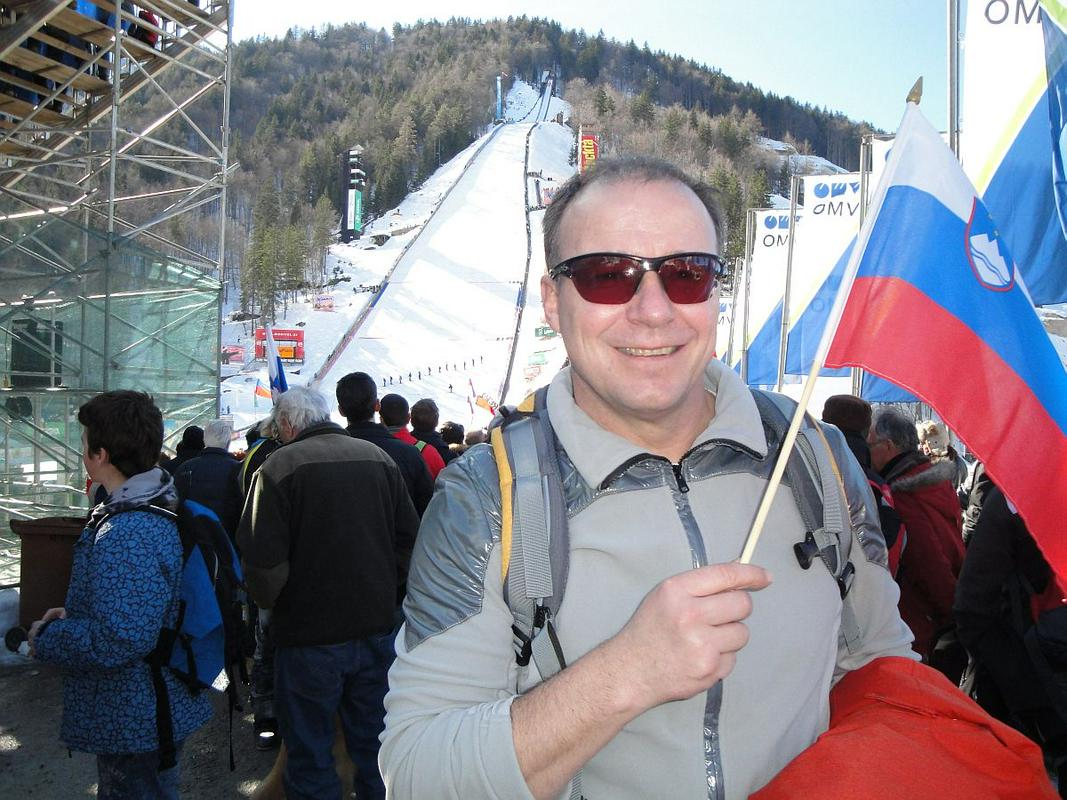In the early 1980s, Slovenian skiers, then still competing under the Yugoslav flag, were rising stars on the international ski scene. While Slovenia had a long tradition of skiing, it never posed a threat to the preeminent skiing nations of the world – until a new generation of skiers began to challenge the world’s best.
But what Yugoslavia really wanted in 1984 was an Olympic medal. After all, the Winter Games were taking place in Sarajevo, and nothing could have topped the recent successes like an athlete taking to the Olympic podium in front of the home crowd.
Yugoslavia had placed high hopes on the country’s biggest skiing star, Bojan Križaj, but he fell far below the public’s expectations, finishing ninth.
However, a skier by the name of Jure Franko saved the day. A relatively low-profile Slovenian athlete, he had only begun to attain more notable results at the beginning of that winter season. However, he surprised the audience and commentators by finishing fourth in the first leg of the giant slalom race. Yugoslavia was in the running for a medal after all.
Then, he topped all expectations by coming in with the best time of the second run. That was enough for Franko to bring home the Olympic silver medal, finishing behind Switzerland’s Max Julen. It was a spectacular achievement and Franko became so popular in Yugoslavia and especially in Sarajevo, where the city’s residents chanted “Volimo Jureka više nego bureka” -- “We love Jure more than burek.” (Burek is a very popular Bosnian dish made out of phyllo dough.)
Despite his hero status, the rest of Franko’s skiing career was short. He finished third three times in World Cup competitions, but he retired the following season. Still, he will forever be remembered as the first Slovenian skier who won an Olympic medal – and began a trend of Slovenian Olympic successes on the slopes that continues to this day.


































































